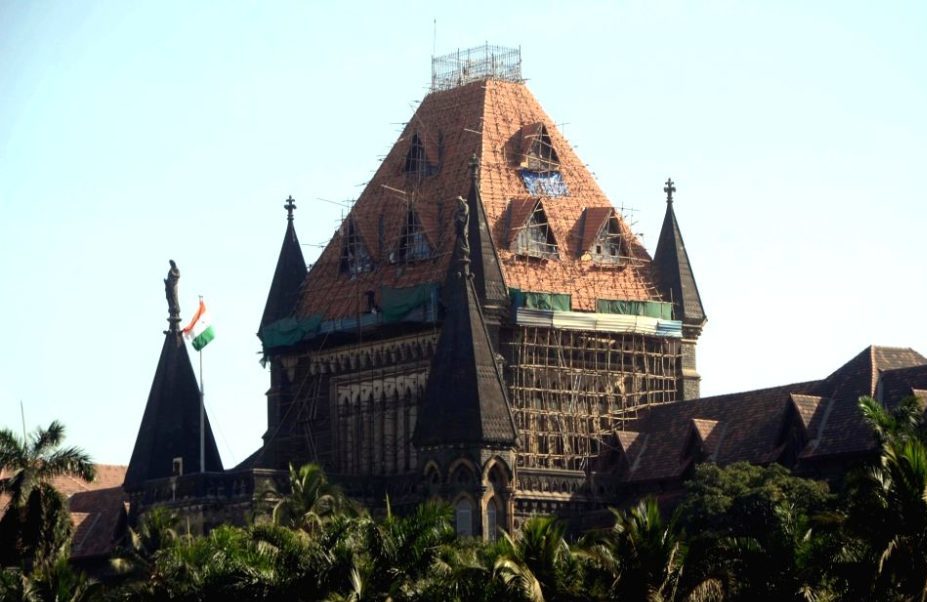
Mumbai: The Bombay High Court on Thursday directed the magistrate to submit by November 18 an inquiry report into the custodial death of Akshay Shinde, the accused in the Badlapur school sexual assault case.
A division bench of Justices Revati Mohite Dere and Prithviraj Chavan gave this direction, and also ordered that all evidence related to the case be collected, preserved, and checked by forensic experts.
The bench also emphasized the police to include strong forensic evidence in its probe into the incident where the accused was killed in a police shoot-out.
The law mandates that every custodial death has to be inquired into by a magistrate.
Advocate General Birendra Saraf said all relevant documents have been forwarded to the magistrate for inquiry.
The court said the magistrate shall commence the inquiry and hear all parties concerned.
“The report shall be placed before us on November 18. The magistrate inquiry report is expedited,” the HC said.
The court was hearing a plea filed by the accused’s father seeking a court-monitored probe into the death.
The state Criminal Investigation Department (CID) is probing the case.
Shinde, 24, was facing allegations of sexually assaulting two minor girls at a school in Badlapur, Thane district. He was being transported back to Badlapur from Taloja jail in Navi Mumbai when the shooting incident occurred on September 23, leading to his death.
The incident happened near Mumbra Bypass in Thane when he allegedly snatched the gun of a policeman while he was being ferried in a police vehicle as part of a probe into a case registered against him on the complaint of his estranged wife.
The HC bench questioned the CID on its probe and urged that all evidence be collected, preserved, and checked by forensic experts.
The bench asked if the police had collected forensic evidence from the body of the deceased.
The court said every firearm has a peculiar pattern and the residue it leaves is also different.
The residue left on the deceased’s head where he was shot, and his hands when he opened fire from the police’s pistol needs to be collected, preserved, and analysed forensically, it said.
“Dead body is the most silent and honest witness,” the court said, asserting the need to collect and preserve all evidence.
The court noted that bullets were fired from two different firearms in the incident.
“Empty shells found were of two different arms. The firing pin of every gun is different. This can be a conclusive proof which firing arm will have which firing pin,” the court said.
“We want to see a report showing this conclusively,” it said.
The court also asked if it has found the bullet that pierced through the accused.
Saraf said the bullet pierced through the tin roof of the police vehicle.
“How far did the bullet go? It was a secluded area. Did you not find it?” the court said.
Saraf said the CID would look into it.
The court expressed its displeasure when it was informed that the police had not seized the bottle of water which was given to the accused when he asked for water in the vehicle.
The police’s case was that the accused’s handcuffs were removed after he asked for water after which he forcibly snatched the pistol of one of the police officers and opened fire.
The court said in other cases, too, the police fails to gather evidence from the scene of offence.
“It is an important piece of evidence,” the bench said.
The court also sought the medical report of the police officer who sustained injury in the firing by the deceased accused.
“The police officer who sustained gunshot injury…Has he been examined properly? Was there any residue or blackening at the spot? We need to see that. Was there an entry and exit wound on the thigh of the police officer who got hurt?” the court asked.
“We need to see his injury certificate. The bullet injury must also be having some residue to correlate which gun’s bullet hit him,” it added.
The bench said each firearm has a peculiar firing pattern and a firing pin and hence forensic evidence is required.
